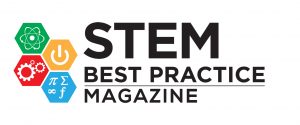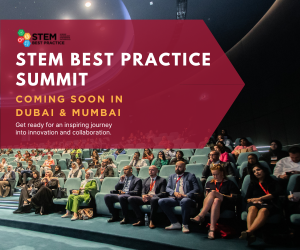1. What inspired you to pursue a career in science education, and what led you to become a K-12 school science lead?
I was inspired to pursue a career in science education because I have always had a passion for science, exploration, and experiments and have wanted to share that passion with others since childhood.
The first time I recall my passion for teaching started to bloom was when I watched my Mom teach my older sisters and me after school. My Mom was an Arabic Language teacher, and I re- remember how excited I used to be every day at 5:00 pm to have study time with Mrs. Mama. We would sit around a rectangular table, and my mum would stand against the green chalkboard to explain to us.
My mother inspired and helped me develop my educational skills to appreciate teaching and learning.
Becoming a K-12 school science lead was a natural progression for me as I loved Science, and I wanted to help mentor other science teachers and promote science education among the students.
2. What are some of the key challenges that you face in leading science education at the K-12 level, and how do you overcome them?
One of the key challenges is ensuring that all students, regardless of their background or ability level, have access to high-quality science education. This requires a focus on equity and inclusion, as well as targeted support for students who may be struggling.
Another challenge is keeping up with the rapid pace of scientific advancements and incorporating them into the curriculum meaningfully. This requires ongoing professional development and collaboration among educators.
To overcome these challenges, I worked on building strong partnerships with other educators, community organizations, and industry experts. Additionally, I worked on creating a culture of curiosity and inquiry within the schools, encouraging students to ask questions, explore new ideas, and engage in hands-on learning experiences.
Also, as science educators and educators in general, one of the main challenges we face is the vast learning gap created by the COVID-19 pandemic. In our schools, we helped bridge these gaps by providing targeted support, and educational, and counseling services to help students cope with the stress and anxiety caused by the pandemic.
By supporting the students’ emotional well-being and providing them with the tools they need to succeed, K-12 science education can play a critical role in preparing the next generation of scientists, innovators, and leaders.

3. What are some of the most effective teaching strategies and approaches that you use in your work as a science lead, and how have they helped your students achieve success?
In education, every student learns in their own unique way, and as educators, we need to ensure that we cater to these needs to ensure that the student is benefiting from the learning experience
we provide. One of the most essential approaches in science is Hands-on, inquiry-based learning. This approach encourages students to ask questions, make observations, and design experiments to test their hypotheses. By en- gaging in hands-on activities, students can better understand scientific concepts and build essential skills such as critical thinking, problem-solving, and collaboration.
Another equally important strategy is Real-world connections. Making connections between scientific concepts and real-world applications can help students see the relevance and importance of what they are learning. This can include incorporating current events, case studies, and examples from industry and research. One more very important strategy is Differentiated instruction. Students come to the classroom with various backgrounds, experiences, and learning styles. Differentiated instruction allows teachers to tailor their instruction to meet the needs of individual students, providing additional support or challenges as needed.
By incorporating these strategies and approaches into their teaching, school science leads can help their students achieve success by building their understanding of scientific concepts, developing important skills, and fostering a love of learning that will serve them well in all aspects of their lives.
4. How do you ensure that your science curriculum aligns with state and national standards, and how do you keep up with changes and updates to those standards?
Ensuring that a science curriculum aligns with national and international standards and staying up to date with changes and updates to those standards requires ongoing effort and dedication Curriculum experts within the organization regularly review our science curriculum. The review is done to ensure alignment with Next Generation Science Standards (NGSS).
To keep up with changes and updates to science standards, as an organization, we are always attending professional development workshops and conferences, joining professional organizations such as the National Science Teachers Association (NSTA), and regularly reviewing updates to state and national standards.

5. How do you incorporate hands-on and inquiry-based learning into your science curriculum, and what benefits do those approaches offer for students?
To incorporate hands-on and inquiry-based learning into a science curriculum, we use a variety of instructional strategies and resources at school. This includes but is not limited to, lab experiments, STEM challenges, and sim- ulations. Through Lab experiments, students are able to apply scientific concepts to real-world situations and develop important skills such as data collection, analysis, and interpretation.
STEM challenges are also an excellent opportunity to involve students in problem-solving, teamwork, and collaboration in order to design, build, and test solutions to real-world problems. Also, simulations are one of the strategies that were recently incorporated, especially after COVID-19, to allow students to explore complex scientific concepts and phenomena that may be difficult or impossible to observe directly.
The benefits of hands-on and inquiry-based learning are numerous. These approaches can help students develop a deeper understanding of scientific concepts, build important skills, and develop a love of learning that can last a lifetime.
By engaging in hands-on and inquiry-based learning activities, students can also develop important social-emotional skills, such as communication, collaboration, and problem-solving, that are essential for success in the 21st century.
6. What advice do you have for other educators who are interested in pursuing a career in science education, particularly at the K-12 level?
First and foremost, I advise educators to develop a strong foundation in science. To be an effective science educa- tor, having a strong foundation in the subject you are teaching is important.
This also includes building your teach- ing skills. Teaching science requires a unique set of skills, such as the ability to explain complex concepts in simple terms and the ability to create engaging and interactive lessons. To develop these skills, always as educators, consider taking professional development courses focused on teaching science.
Science is constantly evolving, and it is important for science educators to stay up to date with current research and trends. Staying up to date with current research and trends will also help you build your science foundation. And most importantly, keep it fun. Kids are born curious, and science is the best platform to develop this curiosity.
Remember that teaching is about more than just imparting knowledge. Connect with your students, build relationships, and foster a love of learning that will last a lifetime.
7. How do you measure the success of your science education programs, and what metrics do you use to evaluate student learning and growth over time?
Measuring the success of science education programs can be challenging, as student learning and growth can be influenced by various factors both inside and outside the classroom. However, there are several metrics that we can use to evaluate the effectiveness of their programs. These metrics usually assess the students’ Cognitive skills, such as the ability to apply knowledge, solve problems, and think critically, in addition to the Non-cognitive skill, such as evaluating students’ social and emotional development, including self-confidence, motivation, and perse- verance.
Assessment for learning strategies implemented in the classroom can provide more detailed information about student learning and growth over time. Also, students’ engagement and participation in science classes and activities can provide insights into their level of interest and motivation, which can influence their learning and growth.
Benchmarking against International Assessments, such as TIMSS, is also one of the metrics implemented in our schools, providing effective strategies to measure students’ learning and growth against international standards over time.




